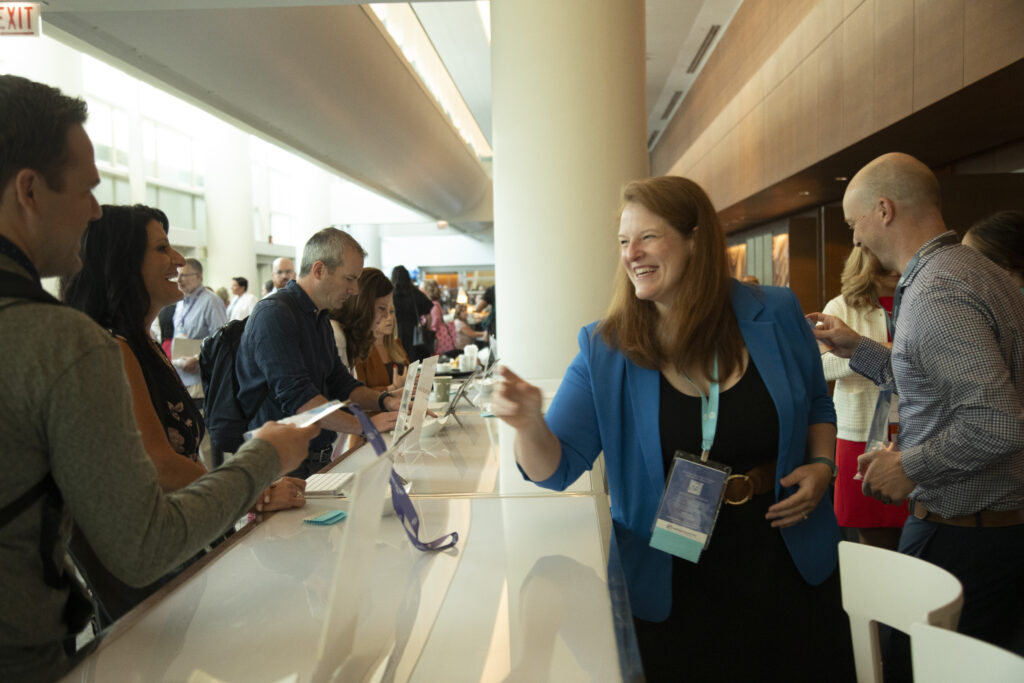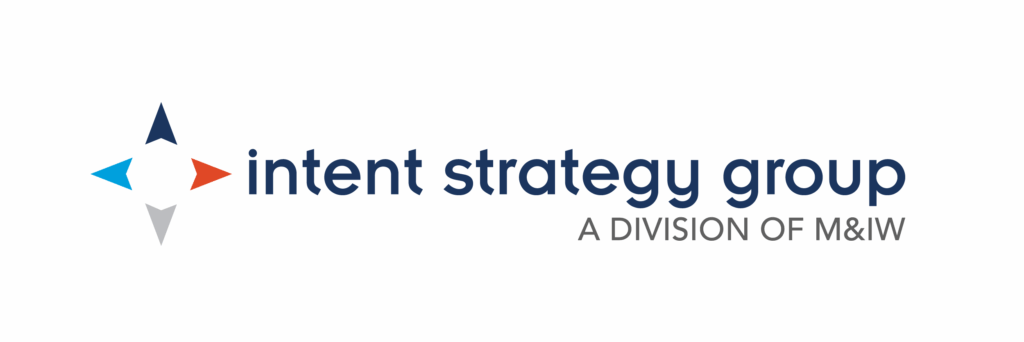Mastering Event Budgets: Maximize Your Impact Without Maxing Out Your Budget
There’s no one-size-fits-all approach to meeting and event budgets, but there are still strategies to ensure you maximize the impact of your event without maxing out your budget. The best event budgets align with the overall program goals and strategically implement cost optimization.
In this blog post, you’ll learn how to create a realistic event budget, how your agenda impacts your spend, and how to stretch your budget without sacrificing the attendee experience. You’ll also discover one of the keys to increasing your event ROI.
In Case You Missed It – How Global Brands Plan Unforgettable Large Events: 4 Ideas to Put Into Action
How to Plan Your Event Budget to Set Yourself Up for Success
Whether for large events or small, the key to a successful event budget is to build a strong, research-based budget from the start so there are no surprises later. A thorough, data-driven approach also helps you gain budget approval and acts as a realistic guide for staying on or even under budget.
Start by collecting data from your past events, including estimated vs. actual spends, event debriefs, and survey results. From these, you can determine which event elements significantly contribute to the success of the event. If you don’t have past data or are planning a first-time event, start with this high-level breakdown: one-third of your budget for airfare and group travel, one-third for event production, and one-third for hotel and supplemental services. While this won’t be your final budget, it offers a solid starting point as you start planning.
To finalize your working budget, consider your program goals, prioritize your needs, and determine the available resources. Partner with your preferred agency to determine the best options to optimize cost while delivering on event value.

Investing in Event Production to Increase Your Returns
As shown above, event production accounts for approximately one-third of the total event budget on average. Production influences the attendee experience and directly impacts the event’s returns. As budgets tighten, increasing your return on relationship (ROR) and return on investment (ROI) is more important than ever.
Download our guide to learn the difference between ROR and ROI and explore how strategic, high-quality event production maximizes both.
How Your Event Agenda Affects Your Budget
We’re seeing a reimagining of the traditional event agenda due to rising costs and tighter budget, proving it’s possible to meet event goals while still reducing costs. With flexibility and innovation, there are a few areas that bring significant cost savings.
Scheduling Trends
The arrival day and schedule of your event directly impact your budget. Travel and events on Sunday–Wednesday offer better rates, concessions, and incentives from hotels, whereas Thursday–Saturday leads to higher costs for the same services and less room for negotiations.
Meeting waves are becoming more popular in order to save money. Stacking meetings back-to-back saves on executive and staff travel, production infrastructure, and event staff expenses.
Similarly, tighter agendas—longer hours in fewer days—reduce the number of hotel nights needed, leading to significant cost savings. However, remember to take the attendee experience into consideration; starting too early or running too late without sufficient breaks leaves attendees exhausted and unengaged.
When planning your agenda, consider the number of rooms being used and when. More rooms mean more rental fees and setup costs, not to mention more time waiting for attendees to move from place to place. Reuse rooms as much as possible to save both time and costs, ideally with the same staging and room setup to avoid changeover fees.
Interested in learning more? Discover 4 Ways to Build a Better Event Agenda

The Impact on F&B
Your event agenda also influences F&B needs. While F&B is a necessity, there are still ways to strategically save money.
- People tend to eat more on arrival day, but appetite usually tapers off. Don’t over-order on days when the schedule’s lighter.
- If your event ends with a half-day, skip lunch. Most attendees are heading to the airport and won’t stay for it, and boxed lunches often go untouched.
- Rethink your awards dinners. Instead of a formal, plated meal, try something more creative, like a high-energy awards presentation with a light tasting board at the table, followed by a station-style dinner reception where attendees can mingle to congratulate winners.
- Be strategic with timing. If you have multiple agenda tracks, keep lunch consistent and capped. Long lunches drive up costs.
- Same goes for coffee breaks. Staggered, long breaks in multiple locations can quietly become very expensive.
- Reconsider all-day break stations. As yourself: do we really need coffee available nonstop? For small groups, consider coffee vouchers instead of full coffee stations at breakfast. It’s more controlled and less wasteful.
- Be careful with food on consumption. Don’t leave it out too long, especially in public areas, and remove it prior to the session conclusion. It disappears quickly, and you’ll be billed for it all.
How to Stretch Your Event Budget Without Sacrificing Experience
Events with small budgets can still have a big impact. Just because something is the industry norm doesn’t mean there’s not a less expensive but equally effective option.
Smart Swaps for High-cost Food Items
There are a few high-cost items you can scale back on without impacting the guest experience:
- Caffeine: Instead of constantly restocking coffee, offer caffeine alternatives like green or black tea. Caffeinated can drinks are also becoming more popular; offer them on consumption or include them in a package to keep costs predictable.
- Protein: Instead of a buffet with chicken, beef, and fish, try chicken, fish, and a plant-based protein. You can also work with the chef to boost protein in side dishes, like adding edamame and chickpeas to salads. Alternative proteins also make your events more inclusive by catering to vegetarian and vegan attendees.
- Chocolate: Opt for desserts with just a drizzle or accent of chocolate to save costs. If chocolate is a must, order treats in set quantities, like by the dozen, and balance with non-chocolate desserts.

Destination Dilemma: Broadened Horizons
When it comes to budgeting for a program, destination choice has always played a big role. It often comes down to where your attendees come from, whether that’s different countries, provinces, or states. Understanding your audience’s home base is key to making smart, cost-effective decisions during sourcing.
First-tier cities might offer better airfare options, but second-tier cities can make a real difference when it comes to savings on both F&B and room rates. Further considering F&B, per-person costs tend to be highest in North America and Western Europe. On the flip side, Latin America and Asia-Pacific often come in at about half the cost while still offering high-quality venues and experiences.
Another consideration when souring your destination is service charges. It’s imperative to know what’s negotiable based on regional norms and local regulations.
- In the US, service charges are usually locked in due to state and local laws, so there’s not much room to negotiate. That said, you can often work with venues on specific labor-related fees, like charges for bartenders, carving stations, or small F&B functions tied to staff meals or rehearsal rooms.
- In Mexico, Latin America, and parts of Southern Europe, service charges typically range from 10%–15%, and there’s often flexibility to negotiate those.
- In Southeast Asia, many hotels are even open to rolling service charges into a flat rate, which can simplify things.
No matter your final destination, ensure your hotel and venue contracts include a clause that all fees have been fully disclosed and locked in so there are no surprises later on.
Interested in more event sourcing best practices? Download the Guide to Event Sourcing and RFPs
Elevate Your Event Budgets with Meetings & Incentives Worldwide
As a premier event planning company, we know how to maximize your impact without maxing out your budget. Whether you’re planning a large, global event or a small, internal meeting, our expert team plans and executes programs to perfection, balancing the attendee experience with the return on investment.
Elevate your events with M&IW—submit an RFP to get started.
Contributors

Jill Gallagher, MMP
Vice President, Event Management Services
Meetings & Incentives Worldwide, Inc.

Lisa Twardowski, CMP
Director, Event Experience
Meetings & Incentives Worldwide, Inc.
Related Articles
- What to Know About Event Sourcing: Part 2
- 10 Benefits of Group Air Travel Service vs. Online Provider
- How Global Events Plan Unforgettable Large Events: 4 Ideas to Put Into Action
- Sustainable Events on a Budget: 8 Best Practices
- 4 Ways to Build a Better Event Agenda
To stay up to date on the latest trends and insights in corporate meetings, events, and incentives, follow us on LinkedIn.


